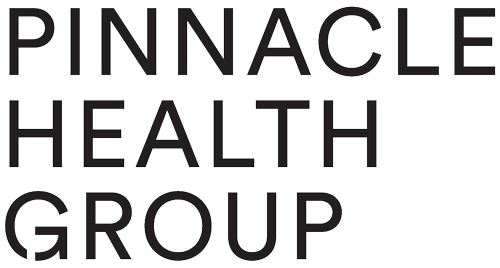After spinal pain, shoulder injuries are the next most prevalent injury seen in private Physiotherapy practice – and even more common in an active, gym going population.
What Is Rotator Cuff Tendonitis?
The rotator cuff is a group of muscles, which originate from the shoulder blade and attach to the upper arm bone (humerus) via the rotator cuff tendons (figure 1). Collectively, the rotator cuff acts to provide stability to the shoulder joint and assist with elevation and rotation movements of the shoulder. The 4 muscles of the rotator cuff include:
- Supraspinatus
- Infraspinatus
- Subscapularis
- Teres Minor
During contraction of the rotator cuff muscles, tension is placed through the rotator cuff muscles and tendons. When this tension is excessive due to too much repetition or high force, damage to the rotator cuff tendon may occur. Rotator cuff tendonitis is a condition whereby there is damage, with subsequent inflammation and degeneration, to one or more of the rotator cuff tendons. This is usually due to gradual wear and tear associated with overuse; however, it may also occur traumatically due to a specific incident.
Causes Of Rotator Cuff Tendonitis
Rotator cuff tendonitis most commonly occurs due to repetitive or prolonged activities placing strain on the rotator cuff. This typically occurs due to:
- excessive lifting
- overhead activities
- lying on the affected side
- repetitive pushing and pulling of objects.
In athletes, rotator cuff tendonitis is commonly seen in throwing sports (such as cricket or baseball), swimming (particularly freestyle and butterfly), racquet sports (such as tennis), weight lifting or paddling sports (such as kayaking).
Contributing Factors To The Development Of Rotator Cuff Tendonitis
There are several factors, which can predispose patients to develop rotator cuff tendonitis. These need to be assessed and corrected with direction from a physiotherapist. Some of these factors include:
- shoulder instability
- muscle weakness (especially the scapular stabilizers and rotator cuff muscles)
- muscle tightness
- joint stiffness (shoulder, AC joint, neck or upper back)
- muscle imbalances
- poor posture
- excessive or inappropriate training or activity
- abnormal biomechanics (e.g. poor throwing technique or stroke technique with swimming)
- inadequate warm-up
- past history of shoulder injury
Signs And Symptoms Of Rotator Cuff Tendonitis
The symptoms of rotator cuff tendonitis usually develop gradually over a period of time. Often, the pain associated with this condition is experienced as an ache that increases to a sharper pain or catching pain with certain activities.
Common signs and symptoms of rotator cuff tears are:
- pain on the outside or front of shoulder; the pain levels may vary greatly
- ‘painful arc’, usually presents as pain from 60-90 degrees when raising the arm overhead
- pain with overhead activities
In patients with minor rotator cuff tendonitis, little or no symptoms may be present. Some patients may experience pain on commencing activity that reduces as they warm up. These patients are usually able to continue sport or activity only to have an increase in pain, ache or stiffness upon resting later, particularly that night or the following morning. In severe or chronic cases the pain may be disabling, preventing the patient from performing further activity.
Treatment For Rotator Cuff Tendonitis
Most cases of rotator cuff tendonitis settle well with appropriate physiotherapy treatment. One of the key components of treatment is that the patient rests sufficiently from any activity that increases their pain until they are symptom free.
Your treatment program may include:
- rest from aggravating factors
- possible use of anti-inflammatories or ice in the early stages
- correction of causative factors such as muscle weakness or imbalance, muscle tightness and spine stiffness
In the final stages of rehabilitation, a gradual return to activity or sport is indicated as guided by the treating physiotherapist provided there is no increase in symptoms.
Rotator Cuff Safety In The Gym
A common presentation to Physiotherapists is an imbalance of strength between the rotator cuff muscles and the larger ‘prime mover’ muscles, such as the pectorals or deltoids. Both these problems will place undue stress on the rotator cuff muscles, increasing the likelihood of injury.
Some gym exercises will naturally place increased load on the rotator cuff. In clients with a healthy shoulder, we do not need to ‘avoid’ these exercises; but care should be taken to ensure the correct form, and be sure not to ignore any early warning signs of injury such as pain or catching in the shoulder.
- Bench press or chest press
- Pec Flys
- Overhead press or shoulder press
- Upright rows
Getting your Physiotherapist or trainer to show you some simple rotator cuff exercises may go a long way to keeping your shoulders healthy. Book your appointment with Pinnacle Health Group online.
